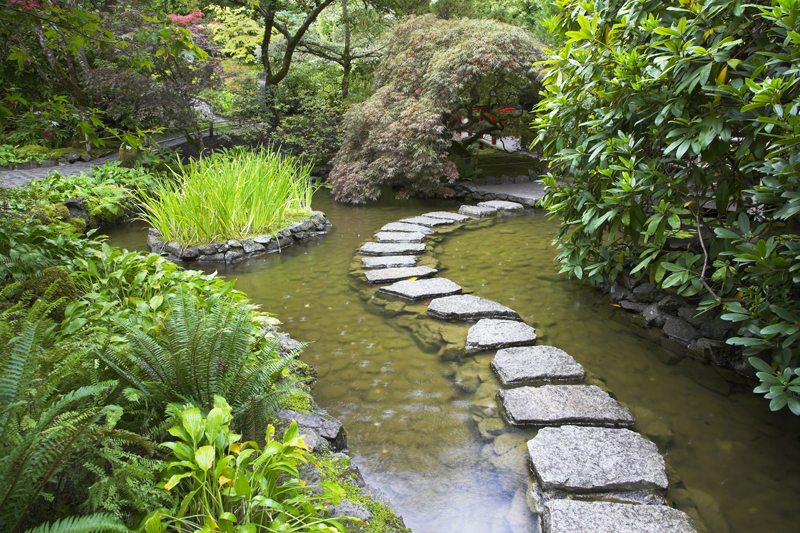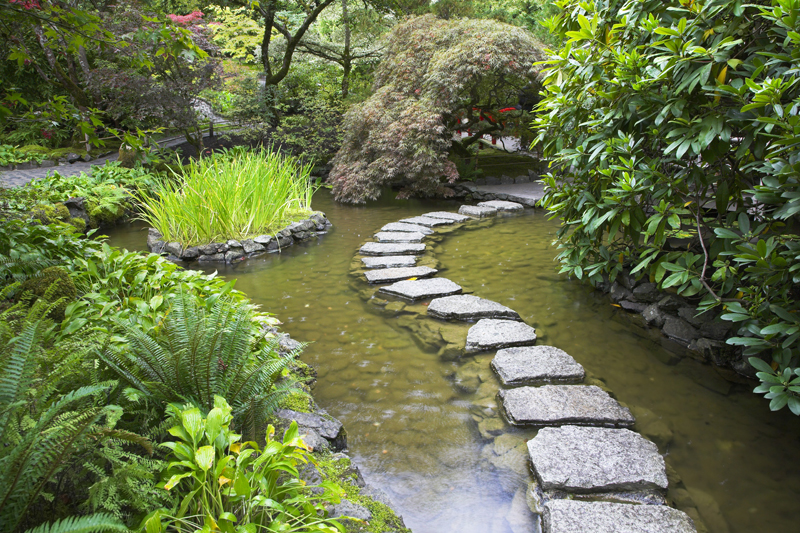The winter daffodils

There are about eight species of sternbergias. They are related to daffodils. The bulbs actually resemble very small daffodils.
Two of those are commonly cultivated. These bear flowers in the fall. The blossoms are yellow to yellowish-gold and resemble crocuses.
Common Sternbergia
Common sternbergia (Sternbergia lutea) is also known as winter daffodil and lily-of-the-field. This bulb was native to parts of Europe where it can be found in meadows, thickets, and rocky places. It is also native to the Mediterranean region, Israel, and Asia Minor. The sterrbergias were named for Count van Sternbergia, who was an Austrian botanist.
Hardy to zone six, winter daffodil is a member of the Amaryllis family. This bulb is poisonous.
Winter daffodil is recommended for rock gardens and borders as well as for pollinator gardens.
Up to eight inches in height, its foliage begins emerging in the fall and remains throughout the winter months. The dark green, narrow leaves are broadly linear and strap-like. Those leaves that are basal are eight to twelve inches long and ¾ inch wide.
Winter daffodil blossoms are yellow and sweetly scented. The blooms are mostly stalkless. These are funnel-like and resemble crocus blooms.
One-half inch long. these shiny flowers are yellow-orange to buttercup-like yellow. These are mostly solitary and erect. They begin emerging in September and continue into September.
With very short tubes, the veined blooms are borne at the ends of the stout, thick flower stalks, which are four to seven inches long.
Blossoms of sternbergias are excellent sources of nectar and pollen.
There is another species that is widely cultivated. It is Sternbergia clusiana. Native to Asia, it is up to four inches in height.
The narrow foliage is up to ten inches in length.
The yellow blooms appear in September for two weeks or so. This species is also a great source of nectar and pollen.
Growing Sternbergias
These bulbs prefer a rich, gritty or rocky, well drained soil. They prefer full sun.
These plants do well in hot, dry, sunny sites. If the soil isn’t sufficiently dry for them in the summer months when they go dormant, an alternative is to grow them in pots where you can control the amount of moisture.
The best time to plant them outdoors is from mid-summer to August and September. These should be planted four to five inches deep.
The sternbergias spread by means of bulblets. It is best to plant them where they can be left undisturbed. These will need dividing only if they begin to bloom poorly.
Rather than dividing the plants, gardeners can also enrich the soil by spreading compost around the plants a couple times a year. If that fails to revive the plants, then by all means divide them.
Under good growing conditions, the sternbergias tend to multiply very quickly. If they are left to spread, thee bulbs can form large clumps.
Two of those are commonly cultivated. These bear flowers in the fall. The blossoms are yellow to yellowish-gold and resemble crocuses.
Common Sternbergia
Common sternbergia (Sternbergia lutea) is also known as winter daffodil and lily-of-the-field. This bulb was native to parts of Europe where it can be found in meadows, thickets, and rocky places. It is also native to the Mediterranean region, Israel, and Asia Minor. The sterrbergias were named for Count van Sternbergia, who was an Austrian botanist.
Hardy to zone six, winter daffodil is a member of the Amaryllis family. This bulb is poisonous.
Winter daffodil is recommended for rock gardens and borders as well as for pollinator gardens.
Up to eight inches in height, its foliage begins emerging in the fall and remains throughout the winter months. The dark green, narrow leaves are broadly linear and strap-like. Those leaves that are basal are eight to twelve inches long and ¾ inch wide.
Winter daffodil blossoms are yellow and sweetly scented. The blooms are mostly stalkless. These are funnel-like and resemble crocus blooms.
One-half inch long. these shiny flowers are yellow-orange to buttercup-like yellow. These are mostly solitary and erect. They begin emerging in September and continue into September.
With very short tubes, the veined blooms are borne at the ends of the stout, thick flower stalks, which are four to seven inches long.
Blossoms of sternbergias are excellent sources of nectar and pollen.
There is another species that is widely cultivated. It is Sternbergia clusiana. Native to Asia, it is up to four inches in height.
The narrow foliage is up to ten inches in length.
The yellow blooms appear in September for two weeks or so. This species is also a great source of nectar and pollen.
Growing Sternbergias
These bulbs prefer a rich, gritty or rocky, well drained soil. They prefer full sun.
These plants do well in hot, dry, sunny sites. If the soil isn’t sufficiently dry for them in the summer months when they go dormant, an alternative is to grow them in pots where you can control the amount of moisture.
The best time to plant them outdoors is from mid-summer to August and September. These should be planted four to five inches deep.
The sternbergias spread by means of bulblets. It is best to plant them where they can be left undisturbed. These will need dividing only if they begin to bloom poorly.
Rather than dividing the plants, gardeners can also enrich the soil by spreading compost around the plants a couple times a year. If that fails to revive the plants, then by all means divide them.
Under good growing conditions, the sternbergias tend to multiply very quickly. If they are left to spread, thee bulbs can form large clumps.

Related Articles
Editor's Picks Articles
Top Ten Articles
Previous Features
Site Map
Content copyright © 2023 by Connie Krochmal. All rights reserved.
This content was written by Connie Krochmal. If you wish to use this content in any manner, you need written permission. Contact Connie Krochmal for details.



